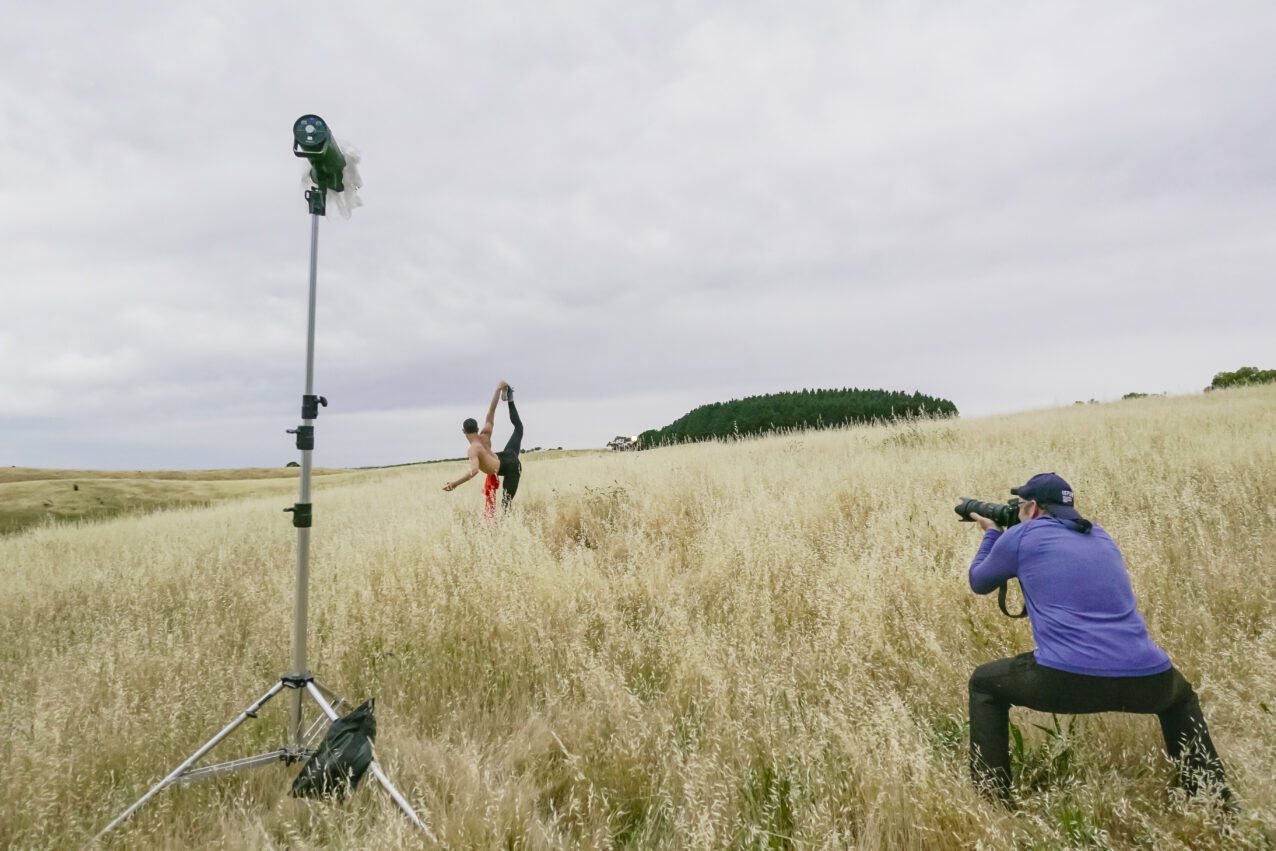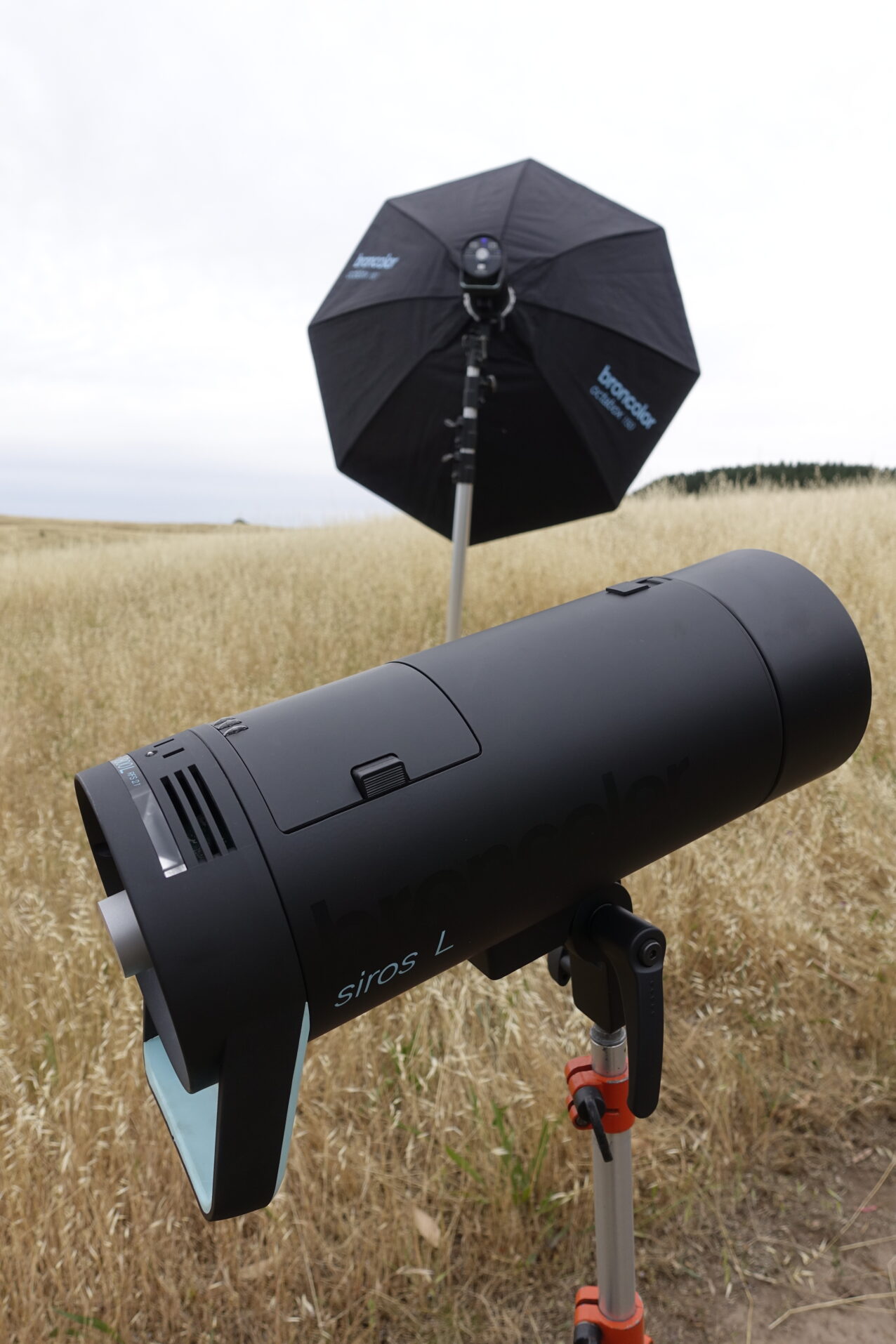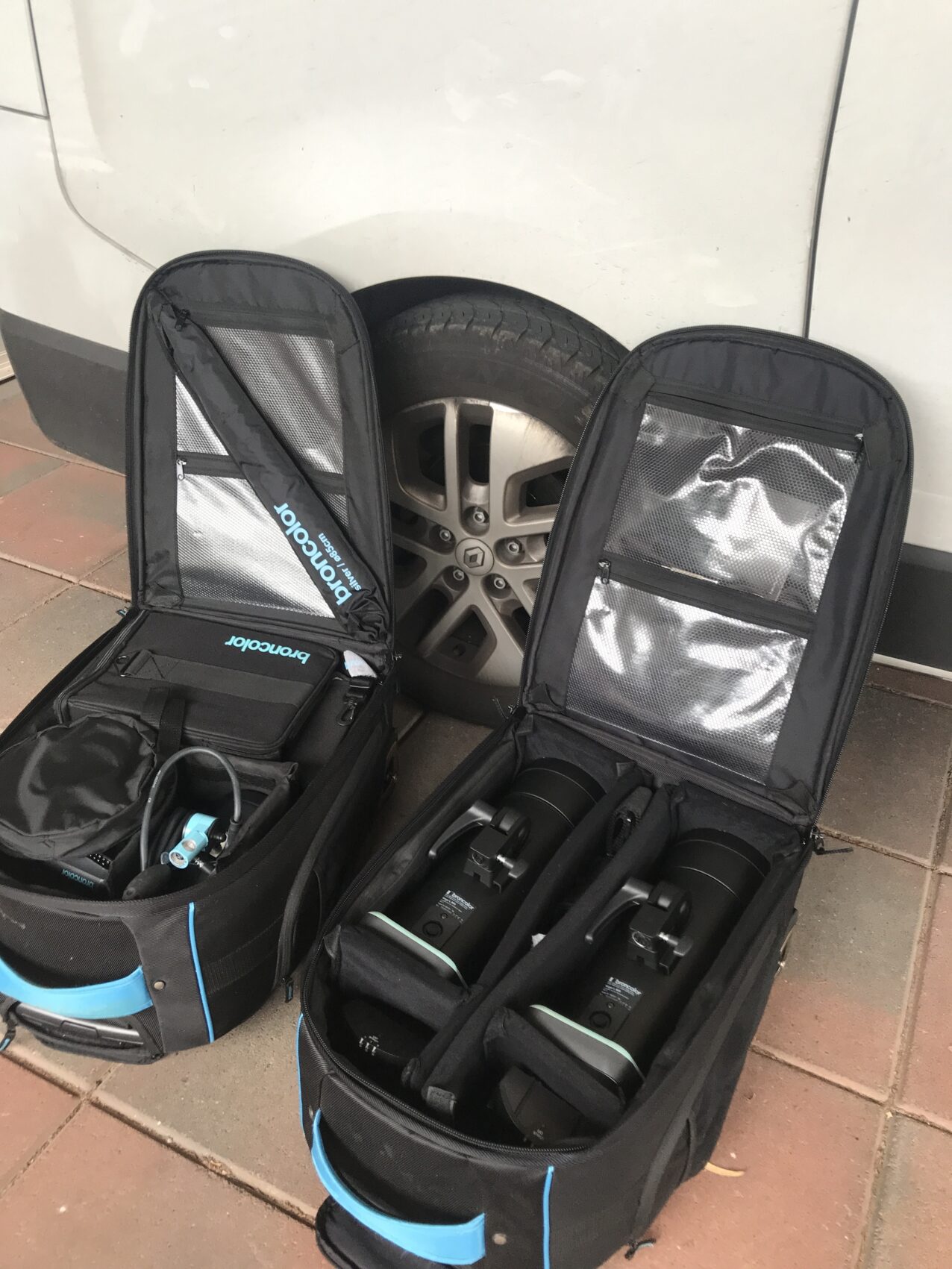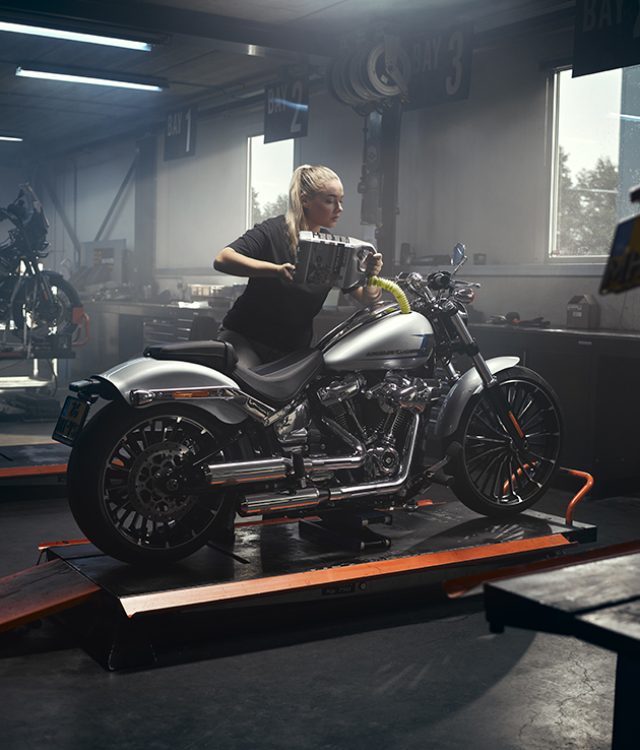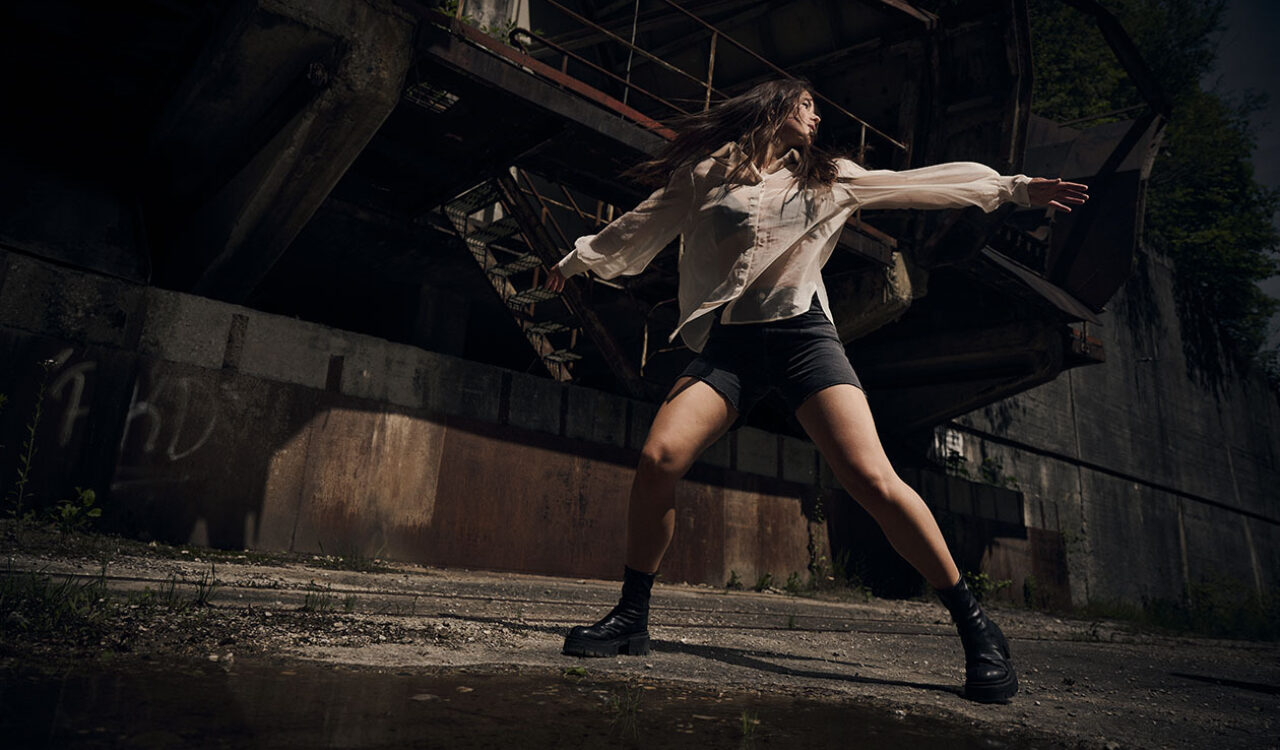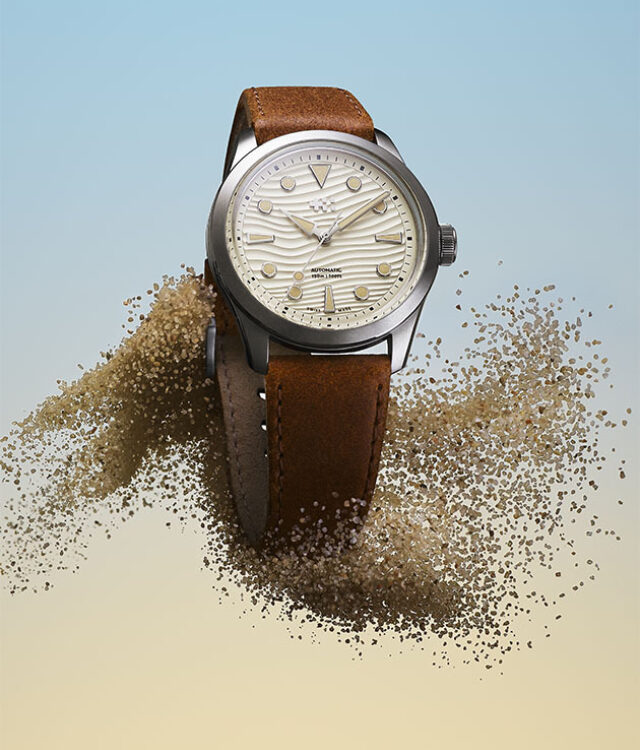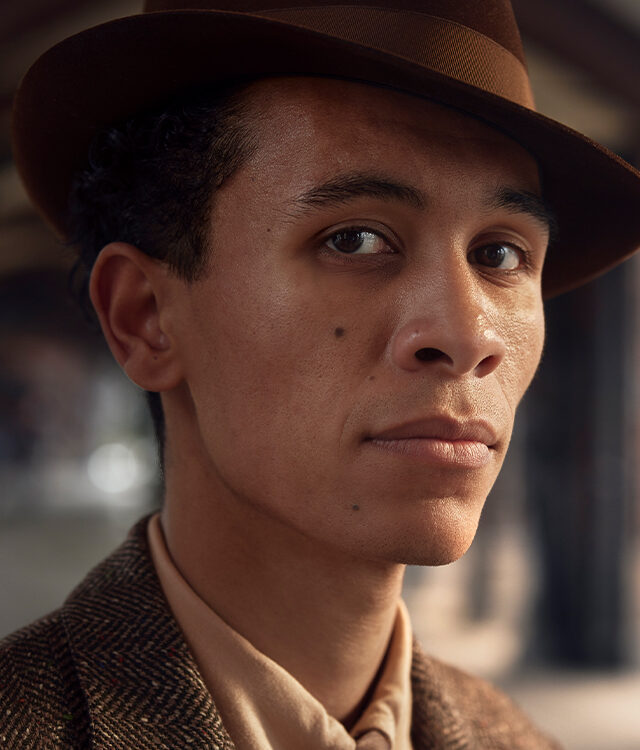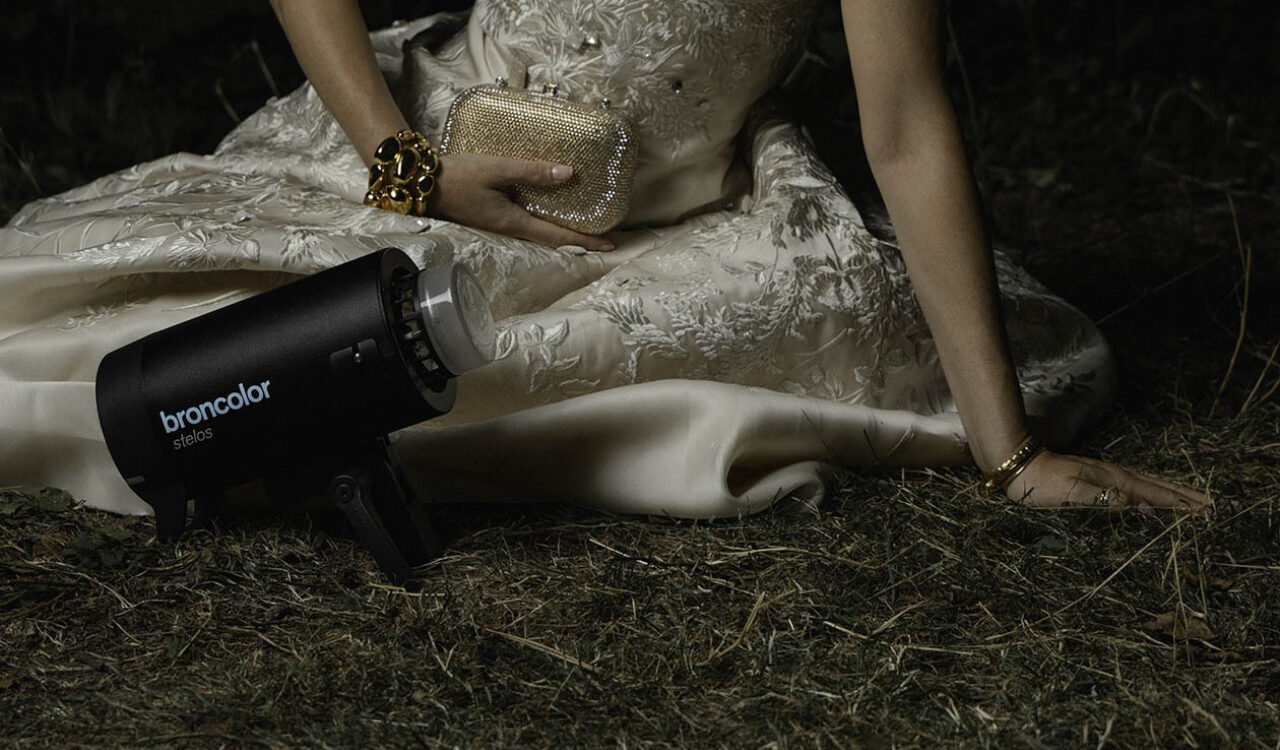For the last 16 years I have specialized in shooting dancers in all sorts of environments from the studio to various outside locations. I’m particularly interested in taking dancers off the stage and out of a traditional photo studio in order to place them in the real world. To amplify the impact, I like to also get rid of the normal dance wear and dress the dancers in everyday street clothes or costumes.
I love working directly with the dancers to create the image, something not always possible to do when working in a company situation. The dancers become collaborative partners in my shoots.
I shoot dancers in full motion. I generally don’t pose the dancers as I’d rather capture them while they are moving. I feel this lends a different energy to the final image.
I also love lighting and the challenges of doing this well. One of my goals in shooting outside is to light the dancers as if they were in a studio, to create an image where it makes you look twice to try to figure out what’s real and what is not.
My early work was taken in mainly urban environs and last year I started a series of shoots in the natural world. Many of my early shoots outside were lit with speedlights triggered with Pocket Wizards’ transceivers. This was a good system but wasn’t giving me the lighting look I was after. Adelaide has some of the hardest light in the world, making shooting outside a real challenge. We get black blacks, lots of contrast but great bright colours. So I really needed a very portable but powerful lighting system.
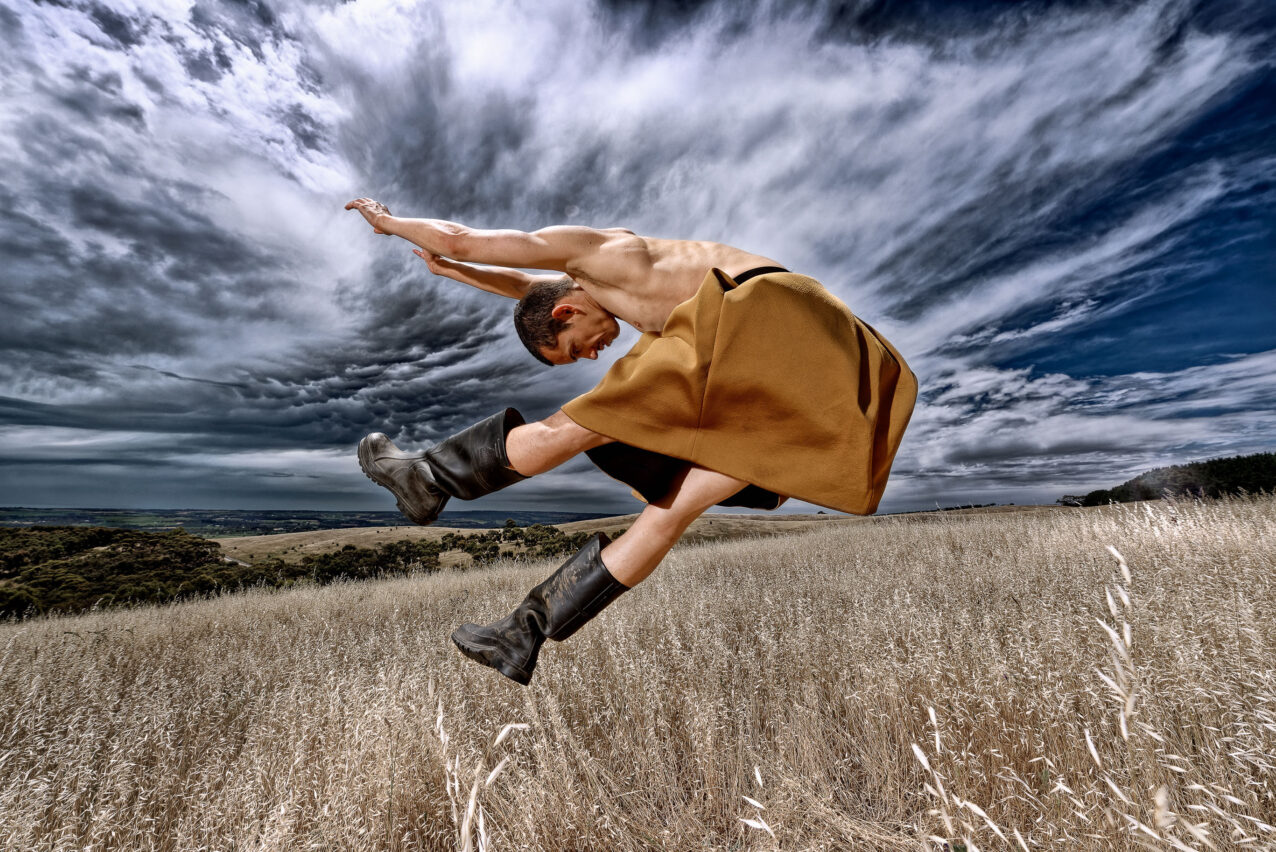
I have been a broncolor user for the last 16 years, owning a lot of power packs and Pulso G lamps with many different light shapers. Having toured the world with the Scoro A4 S and Pulso G I‘ve always found broncolor gear to be dependable under any situation.
On a trip to Sydney I dropped in to see Scott Osborn at Sunstudios who introduced me to the broncolor Siros L monolights.
In the Siros L I found a light source with enough energy to overpower the sun but still portable enough to carry onto location. I bought a travel pack with 2x Siros 800 L, a Octabox 150 (cm) and Octabox 70 (cm).
Getting back to Adelaide I was super keen to start using the new light.
One of the great things about the broncolor Siros L is how easy the lights are to use. So with a little bit of testing at home I was ready to try on a full shoot.
While walking around my parent-in-laws’ 80-acre Willung property last winter I was drawn to the vivid green paddocks 50 minutes south of Adelaide in the southern vales wine district. The green fields looked amazing with the blue sky.
I wear Maui Jim sunglasses, which have a unique polarized glass design giving very clean bright distinctive colours. This is a look I have tried to emulate in my post-production.
Being familiar with this location I knew that the fields dried off very quickly once winter had finished and I thought it would be good to do two shoots in the same location, one with the lush green of winter and the other with the straw yellow of late spring / summer.
It was getting towards the end of winter and I was keen to get the first shoot underway while the fields where still green. Dancer availability usually dictates who ends up in these shoots so for the green field shoot I collaborated with French dancer Dïane Malet.
We had a small window of opportunity one weekend towards the end of winter to shoot but the crew was going to be small – myself, Dïane and my wife / producer Kyra. This was going to be a great test for the new Siros L.
I actually was hoping for dark stormy winter clouds instead I got bright blue sky with white wispy clouds. This was even more of a challenge as the winter sun was quite low and would be in shot a lot of the time. Usually, you would try to avoid these conditions but I was quietly confident with the testing I had done with the Siros L I could compensate for the sun.

The location was accessible by car so getting the gear to the location wasn’t going to be a problem. Upon arriving at the field we were met with gale force winds and I mean gale force! Just keeping a light on a stand was going to be a challenge. We forged on but there was no way that I could use the Octabox 150 (cm) unless we wanted to start flying so I settled for the Octabox 70 (cm). Even then Kyra had to literally stand on the lighting stand to keep the light in place. The wind was so strong at times it collapsed the Softbox in on itself.
I hadn’t shot Dïane before so I wasn’t sure of her movement style. As it turned out Dïane was into a fluid continuous movement style. This meant I needed to light an area in which Dïane could dance, then, while she was moving, try to find the moments that looked good both in movement and lighting and shoot. This is a very hard way to shoot dance but I find incredible rewarding as you are capturing pure movement. It’s a style that I started to experiment with when working with Sydney based dancer Janessa Dufty the year before.
For this to really work you need equipment that was bulletproof, there were no second chances. When I shot Janessa the speedlights were good but often couldn’t keep up so I was keen to see how the Siros L would cope.
The first thing you notice with the Siros L is the speed of setting them up. It took no time to get them ready in fact I was set before Dïane had finished warming up. The next was how reliable they were when shooting. I was shooting on a Nikon D800 and had the Siros L in HS mode. The trick I found was listening for the beep to indicate when it was ready to shoot again. Even outside, the beep on the Siros L was loud so very easy to hear. I never missed a shot through the lights not firing. The other great thing about the Siros L is the power. I can move the monolights away from the dancer so I can light a larger area meaning the dancer has more room to move.
For this shoot I used one Siros L with an Octabox 70 (cm) as the key light and two speedlights set to optical slave trigger mode to provide the back lights. I really like using backlights on the dancers as it helps to separate them from the background. This provides that studio illusion and gives the dancers’ bodies a nice form.
Even with the wind and Dïane continuously moving the broncolor Siros L performed well beyond my expectations. When processing these images, the colour temperature of the light was so consistent. The 400 images I took didn’t need to be colour temperature adjusted at all in post-production.
The second part of this shoot was shooting when the field was dry. For this shoot I was going to shoot Pascal Marty, a French dancer with the Göteborg Opera in Sweden. I had shot Pascal once before so had an idea what he could do movement wise. I also knew from our previous shoot, he liked to work quickly, as I do.
The day we set off the location was slightly overcast and warm. We stopped in a small town close to the location for a coffee when I checked the weather radar to check on the conditions. I was horrified when I saw a wall of wild weather heading our way. We quickly finished our coffees and headed to the location.
I wasn’t going to get a second chance at shooting Pascal for a while as he was heading back to Sweden the following week. Again, this was going to test the broncolor gear to the max as it looked like we were going to have to get this shoot done in very quick time.
Since the last time I shot in this location I had bought a Move 1200 L Outdoor Kit so I had now 4 lights at my disposal. I started the shoot again in hope I could use the Octabox 150 but no sooner than I had put it up the wind came up and I needed to go back to plan B. For this shoot I settled on a Siros 800 L for a key light and a P-Travel reflector on it with diffusion to soften the light. For a fill light I used one of the MobiLED lamps from the Move 1200 L Kit with no light shaper. This was quite some distance from Pascal. As a back light I used a Siros L, again with some distance to the dancer. The trick is to place the lights to give the best look, no matter what direction the dancers are facing. The other great thing about broncolor is the RFS 2 transmitter; it gives me instant control over the lights. The RFS means I can do all of that from the camera position if I want to.
As with Dïane, Pascal likes to continually move, so a lot of what we shot is me capturing an unrehearsed stream of movement. For this to really work everything needs to be very mobile and quick to adjust. The camera is hand-held, I need to be able to adjust very quickly the output of the light. The broncolor Move and Siros L made this so easy.
The setup again was quick with me being ready before Pascal finished his warm-up. With one eye on the weather, we started shooting. These were very tricky conditions as often Pascal was lit by the sun poking through a cloud and the background was quite dark. The RFS and Siros L / Move made adjusting to the conditions so easy.
The storm I thought was coming decided to slow but in its place was an amazing storm cloud. We don’t often get cloud formations in Adelaide that look like that, so I was keen to make the most of the opportunity not knowing how long it was going to hang around. We set about capturing as many different moves as we could. This was really tricky to expose and light for as the background was getting darker and darker by the minute. While we still had sun on Pascal, but the light was literally changing by the second. It really would have been impossible if it wasn’t for the total flexibility of the broncolor ecosystem from adjusting the output. At one stage I was adjusting the light output almost after every shot. Thanks to the reliability of firing, I never lost a shot through a miss fire and the colour temperature was consistent through the whole shoot.
We shot for under an hour and ended up with about 20 final images.
Again, in post-production I never had to adjust the colour temperature or hue to compensate for the flashes.
When shooting dance there are dozens of variables that go into making a great shot. Everything needs to be working in sync for the shot to work: the dancer and the equipment need to perform as intended as I do in selection the moments to shoot. There’s nothing worse than the dancer making a great move and it gets missed through equipment failure. When shooting there will always be misses, from the dancer missing a jump to equipment not working as needed but broncolor gives both, the dancer and photographer, peace of mind that we have at least one of the variables covered in that we don’t need to worry about.



